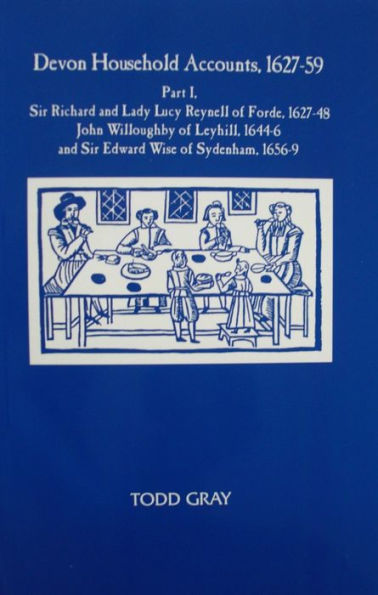Home
Bedfordshire Probate Inventories before 1660
Barnes and Noble
Loading Inventory...
Bedfordshire Probate Inventories before 1660 in Franklin, TN
Current price: $85.00
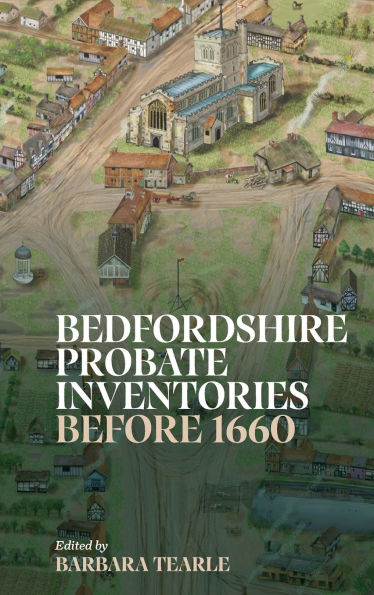
Barnes and Noble
Bedfordshire Probate Inventories before 1660 in Franklin, TN
Current price: $85.00
Loading Inventory...
Size: OS
Fewer than two hundred probate inventories were thought to have survived for Bedfordshire and most were published in Bedfordshire Historical Record Society volumes 20 and 32. Recently more came to light, bringing the total of known pre-1660 inventories to almost six hundred. These additional 432 inventories are published here and provide evidence of the home environment of the minor gentry, clergy, middling sort, tradesmen and the poor of Bedfordshire in the sixteenth and seventeenth centuries. While most inventories are for men, almost sixty are for widows and single women, whose circumstances mirror those of the men. The detailed listings of agricultural equipment, livestock and crops and the comfortable domestic life-style of the farming community, confirm what is already known of the agricultural prosperity of the county. Surviving inventories for shopkeepers and tradesmen are sparse, but the few inventories listing trades, services and manufacturing equipment (for malting, brewing and dyeing) provide a glimpse of thriving industry with links beyond the county. Several inventories stand out including a luxuriously furnished inn and two exceptionally wealthy gentry who were part of the county administration during the Commonwealth period. Not everyone was well-off and the inventories also include many people whose goods reveal them to be poor or living in near poverty.
The introduction provides an overview of these varied living conditions, houses, furnishings, clothing, agriculture, prosperity and poverty, and draws on other sources to flesh out the lives of these people. An analysis of the debt culture, which occurred at all levels of society, challenges some of the first impressions of affluence or poverty.
Appendices show the distribution of inventories over the county and list all published inventories. Another appendix sets out the process for exhibiting inventories against which local practice is compared in the introduction. The book concludes with an extensive glossary and index.
The introduction provides an overview of these varied living conditions, houses, furnishings, clothing, agriculture, prosperity and poverty, and draws on other sources to flesh out the lives of these people. An analysis of the debt culture, which occurred at all levels of society, challenges some of the first impressions of affluence or poverty.
Appendices show the distribution of inventories over the county and list all published inventories. Another appendix sets out the process for exhibiting inventories against which local practice is compared in the introduction. The book concludes with an extensive glossary and index.
Fewer than two hundred probate inventories were thought to have survived for Bedfordshire and most were published in Bedfordshire Historical Record Society volumes 20 and 32. Recently more came to light, bringing the total of known pre-1660 inventories to almost six hundred. These additional 432 inventories are published here and provide evidence of the home environment of the minor gentry, clergy, middling sort, tradesmen and the poor of Bedfordshire in the sixteenth and seventeenth centuries. While most inventories are for men, almost sixty are for widows and single women, whose circumstances mirror those of the men. The detailed listings of agricultural equipment, livestock and crops and the comfortable domestic life-style of the farming community, confirm what is already known of the agricultural prosperity of the county. Surviving inventories for shopkeepers and tradesmen are sparse, but the few inventories listing trades, services and manufacturing equipment (for malting, brewing and dyeing) provide a glimpse of thriving industry with links beyond the county. Several inventories stand out including a luxuriously furnished inn and two exceptionally wealthy gentry who were part of the county administration during the Commonwealth period. Not everyone was well-off and the inventories also include many people whose goods reveal them to be poor or living in near poverty.
The introduction provides an overview of these varied living conditions, houses, furnishings, clothing, agriculture, prosperity and poverty, and draws on other sources to flesh out the lives of these people. An analysis of the debt culture, which occurred at all levels of society, challenges some of the first impressions of affluence or poverty.
Appendices show the distribution of inventories over the county and list all published inventories. Another appendix sets out the process for exhibiting inventories against which local practice is compared in the introduction. The book concludes with an extensive glossary and index.
The introduction provides an overview of these varied living conditions, houses, furnishings, clothing, agriculture, prosperity and poverty, and draws on other sources to flesh out the lives of these people. An analysis of the debt culture, which occurred at all levels of society, challenges some of the first impressions of affluence or poverty.
Appendices show the distribution of inventories over the county and list all published inventories. Another appendix sets out the process for exhibiting inventories against which local practice is compared in the introduction. The book concludes with an extensive glossary and index.

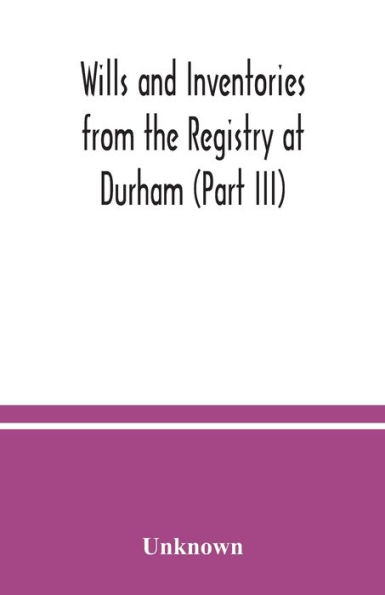
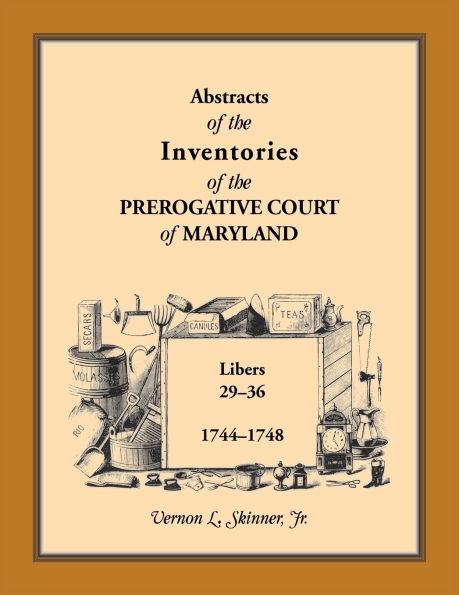



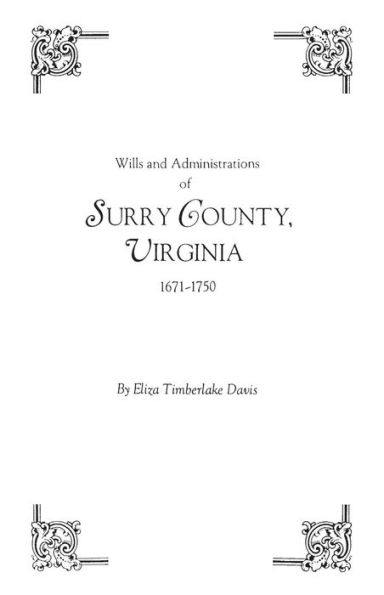
![Abstracts of Berks County [Pennsylvania] Wills, 1752-1785](https://prodimage.images-bn.com/pimages/9781888265798_p0_v1_s600x595.jpg)

